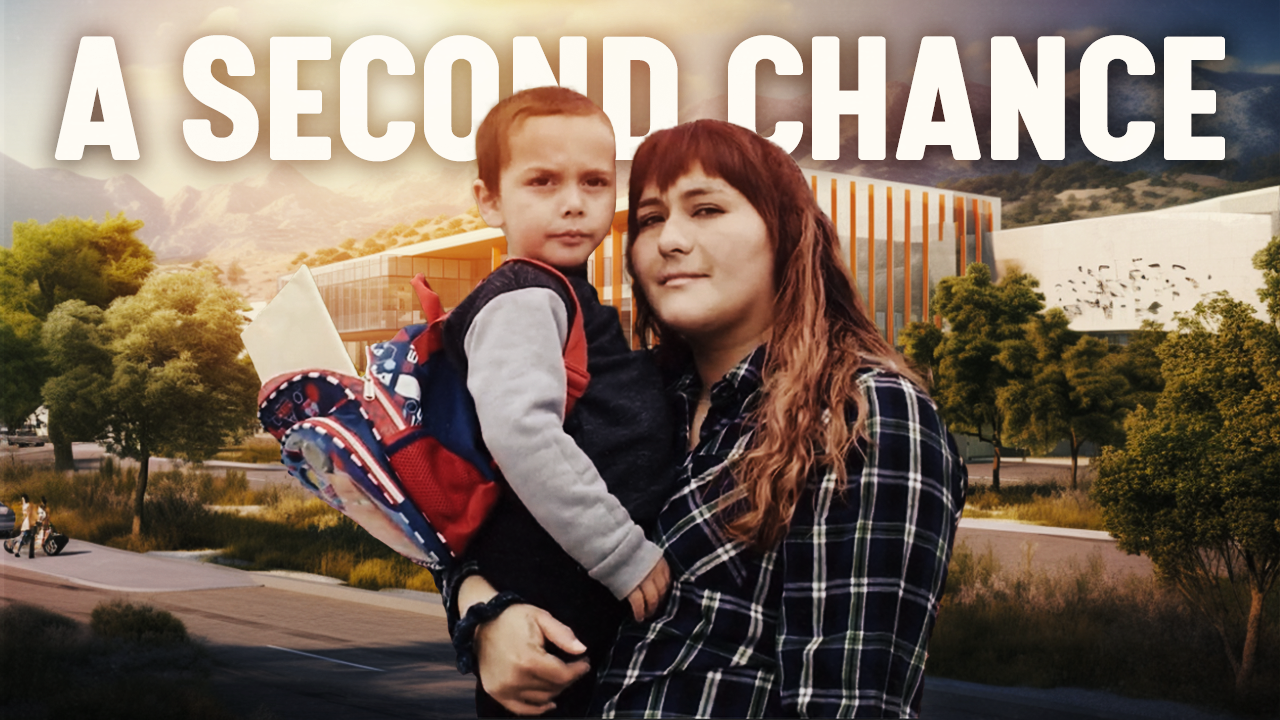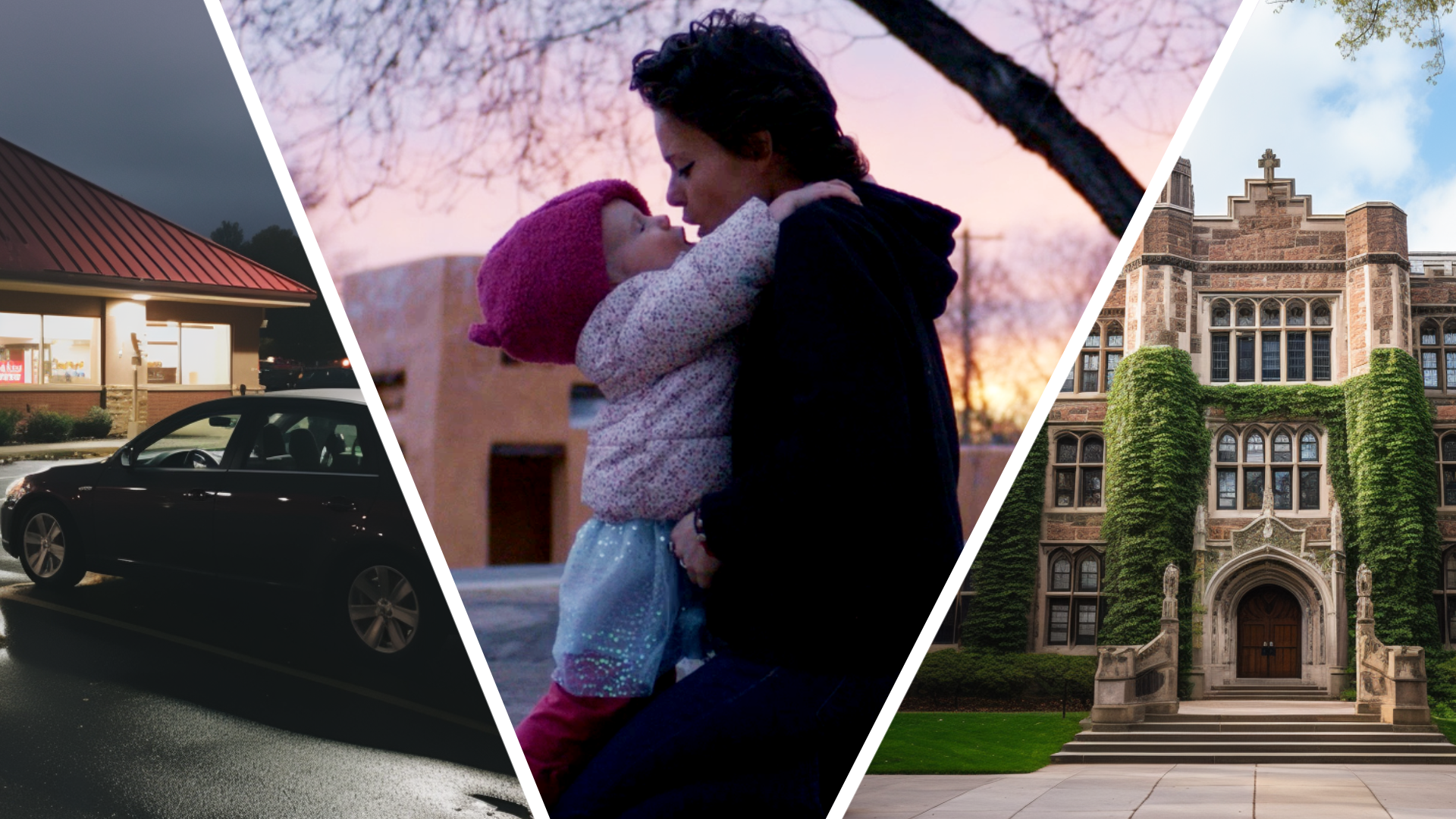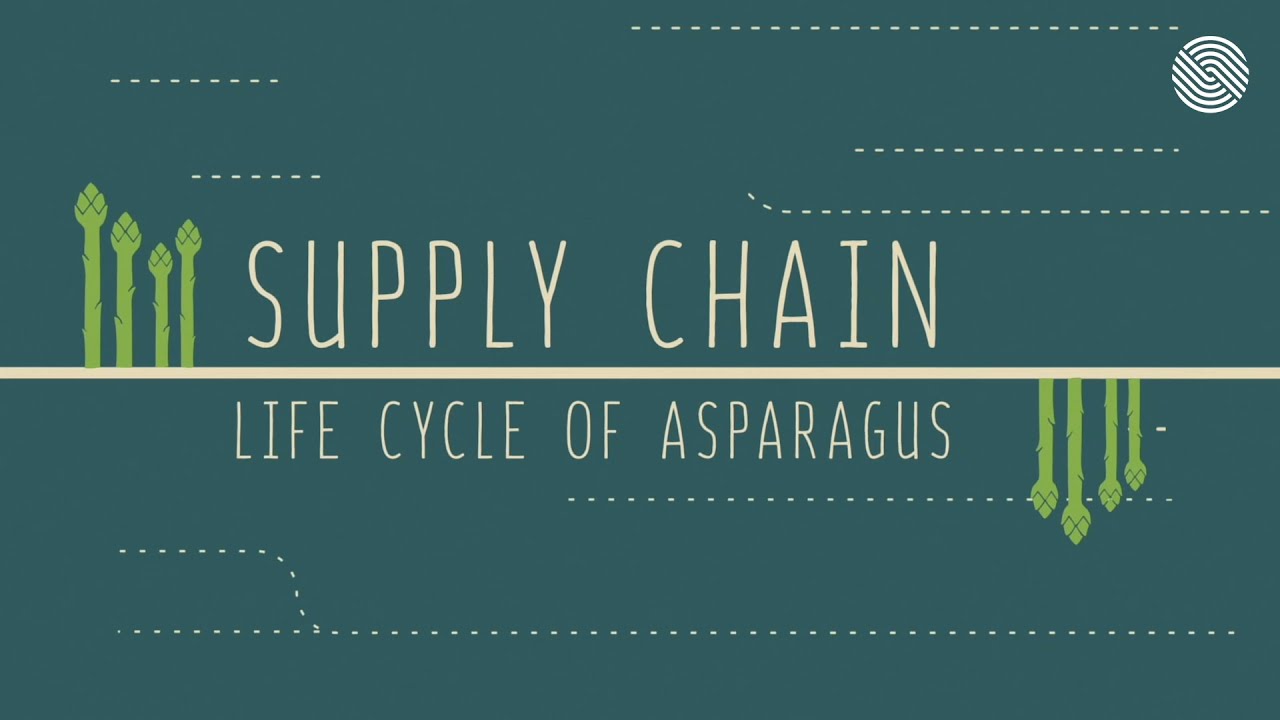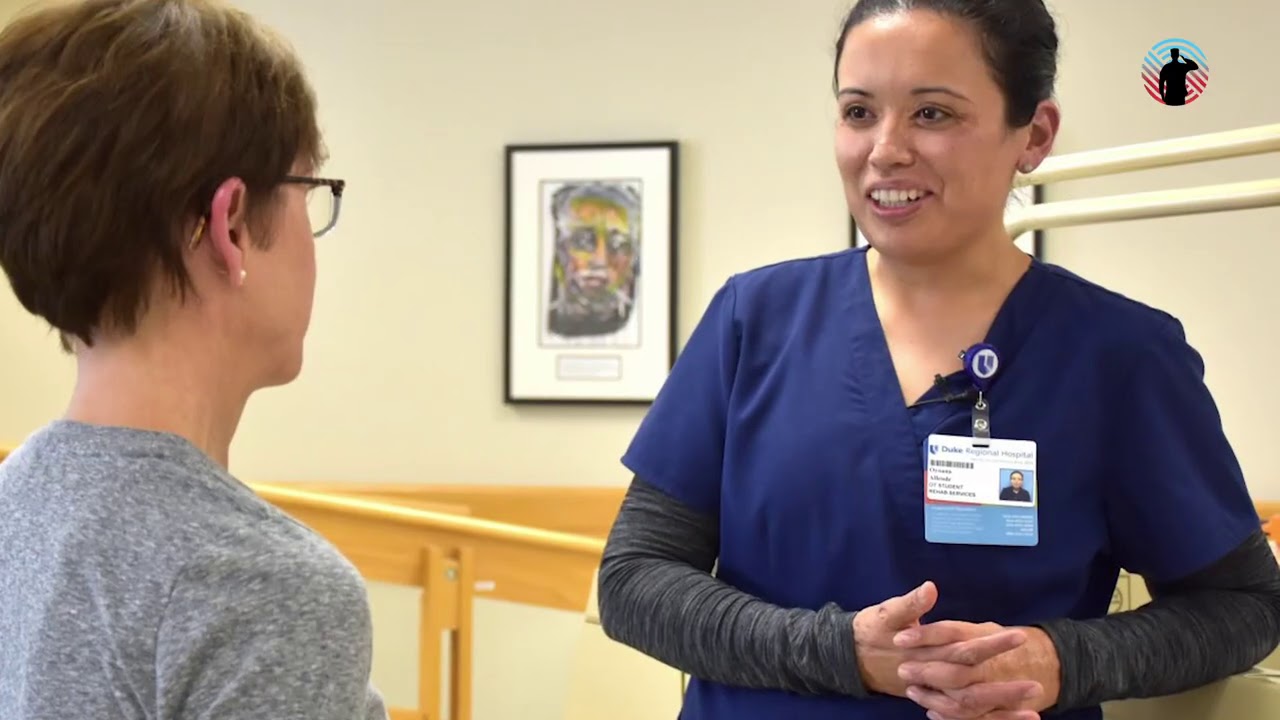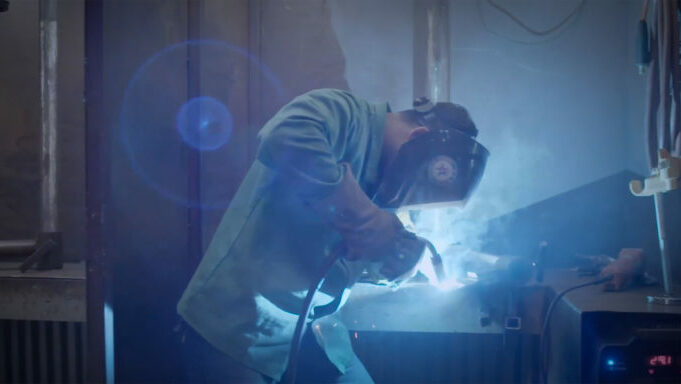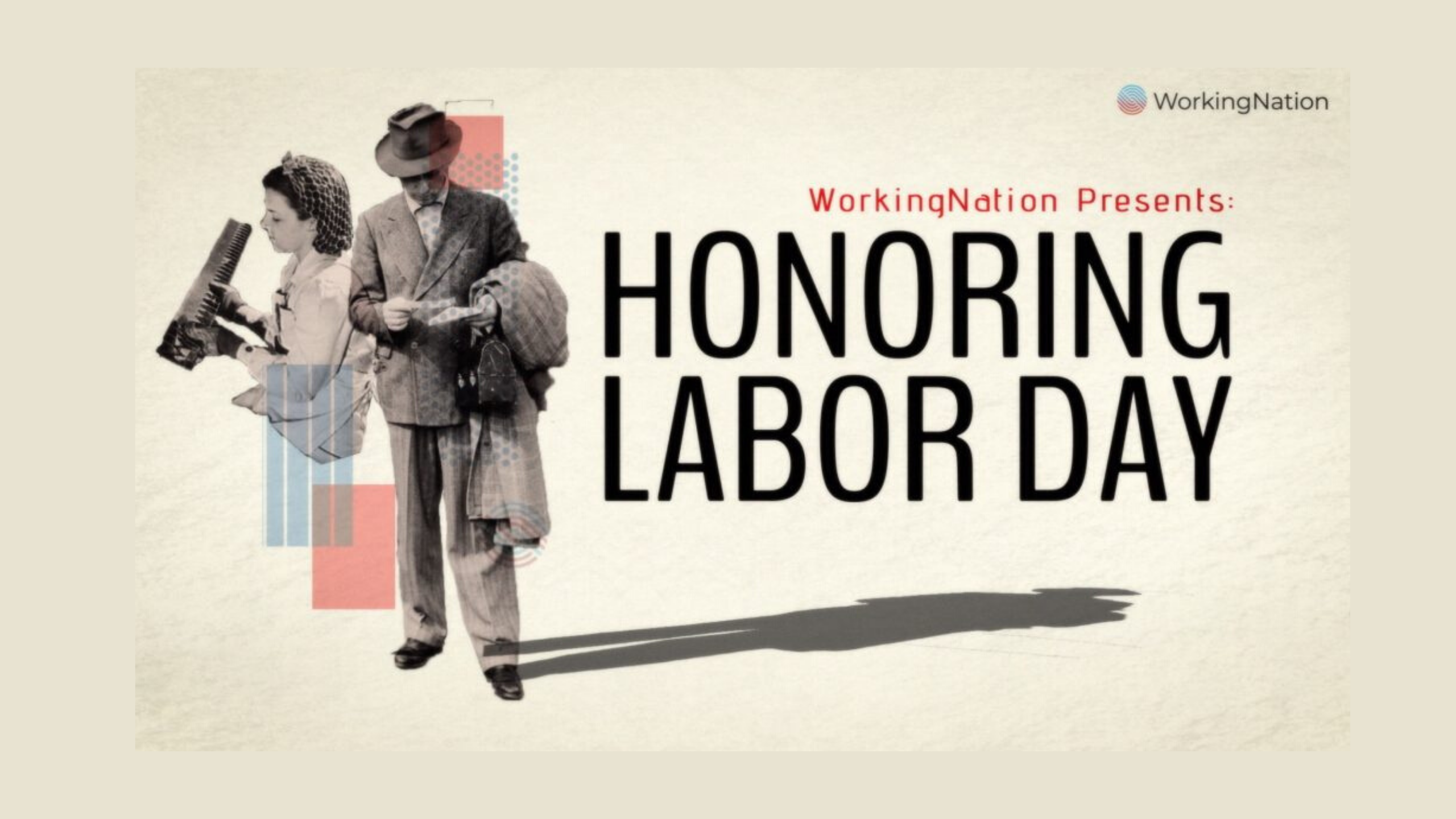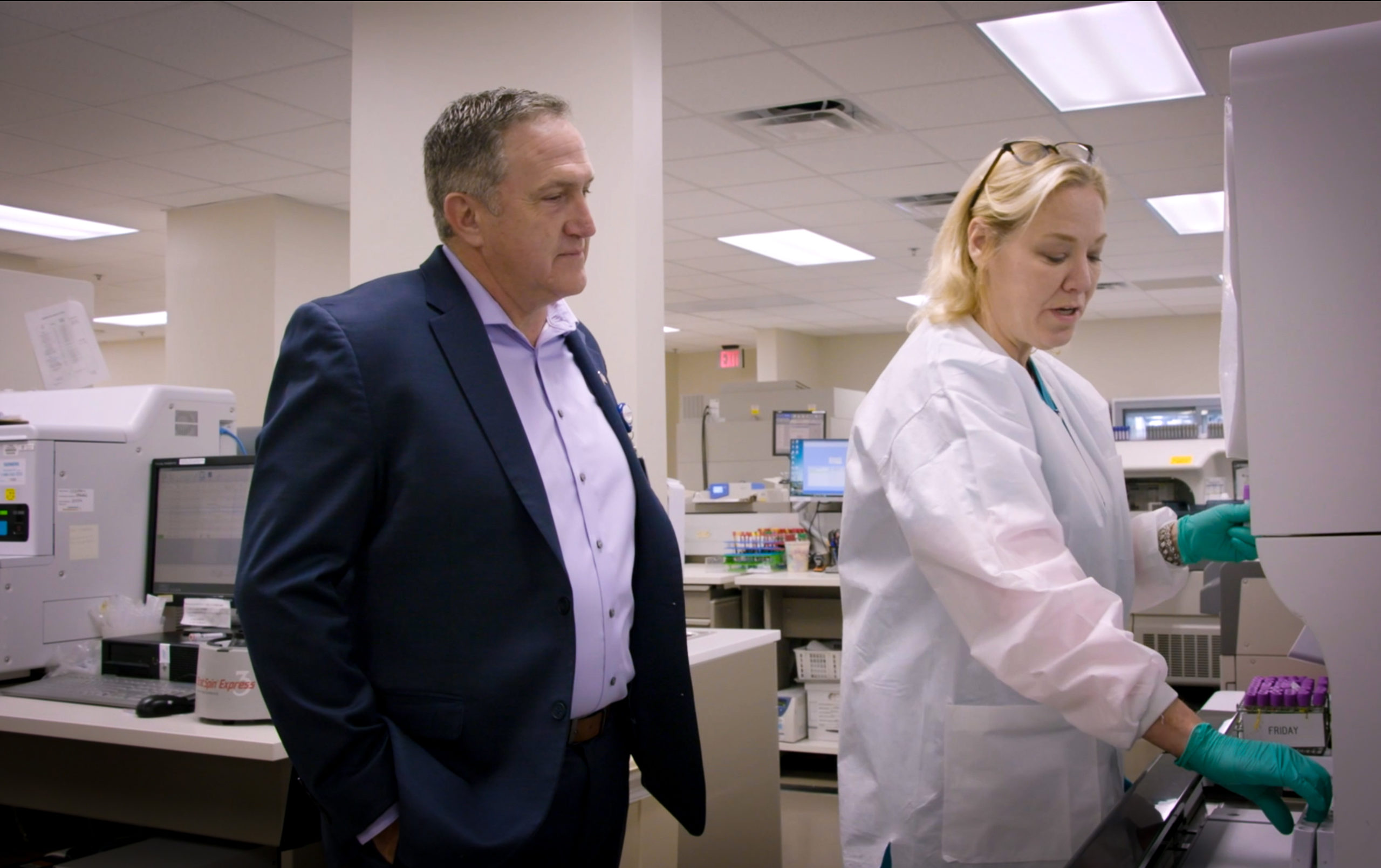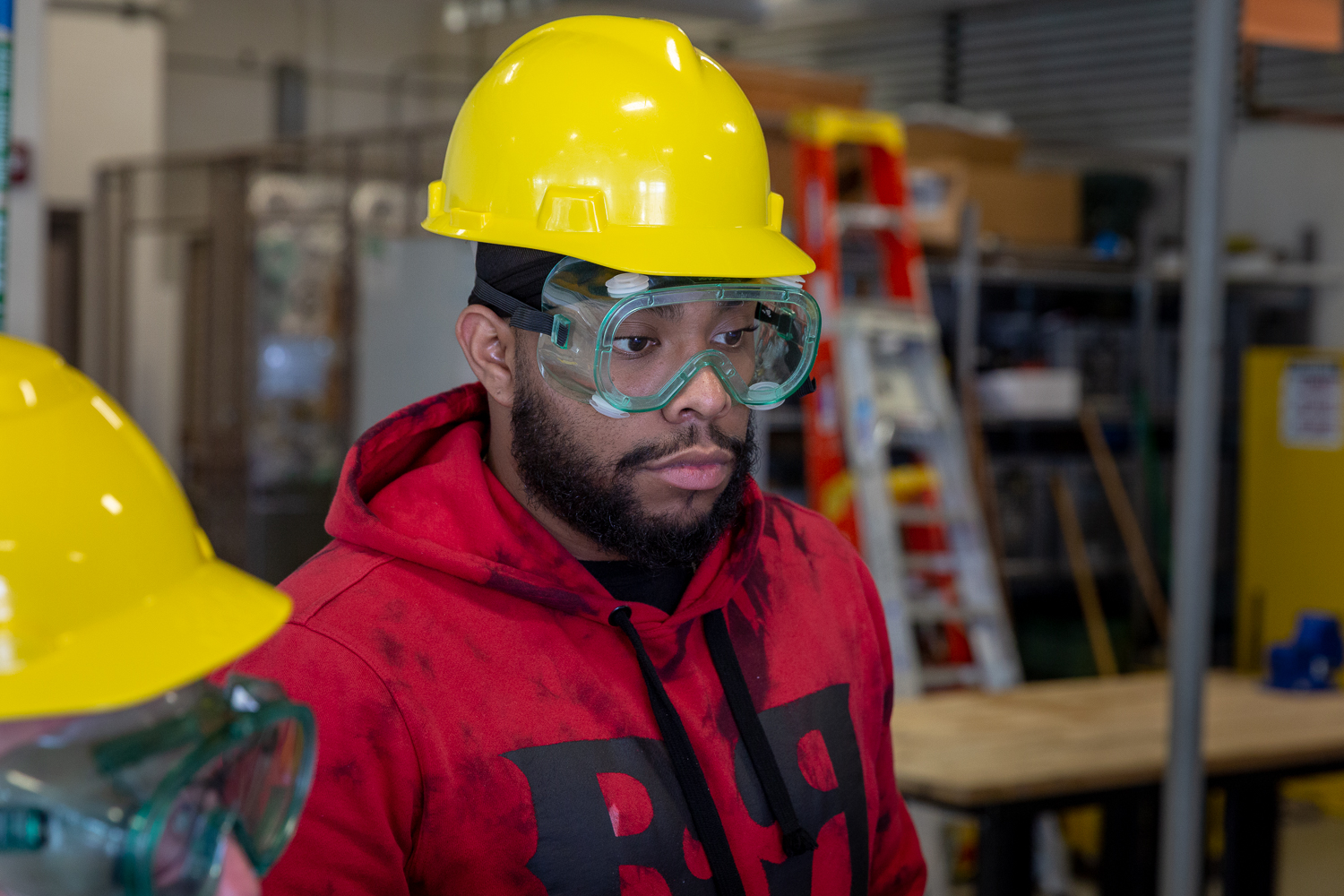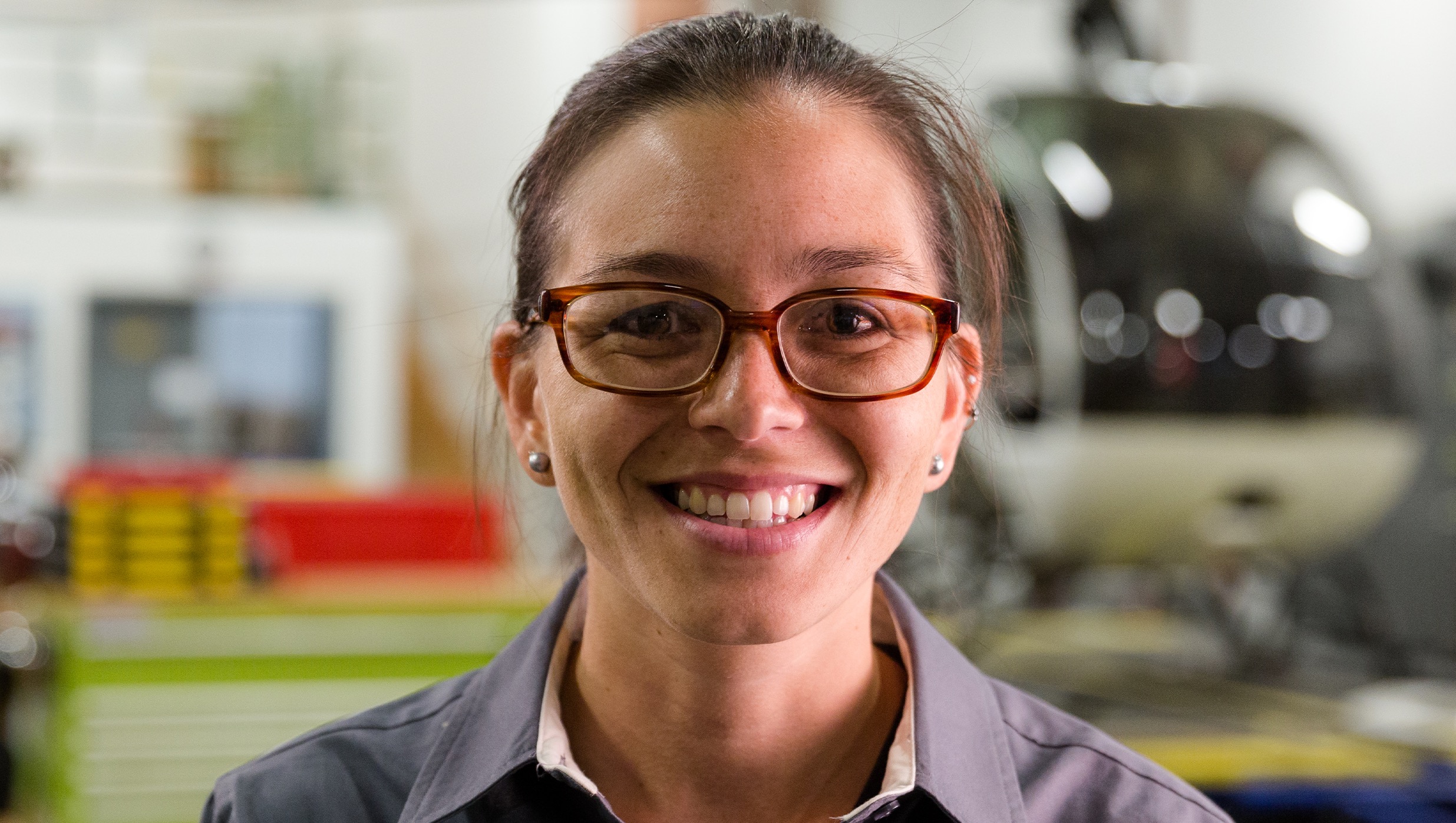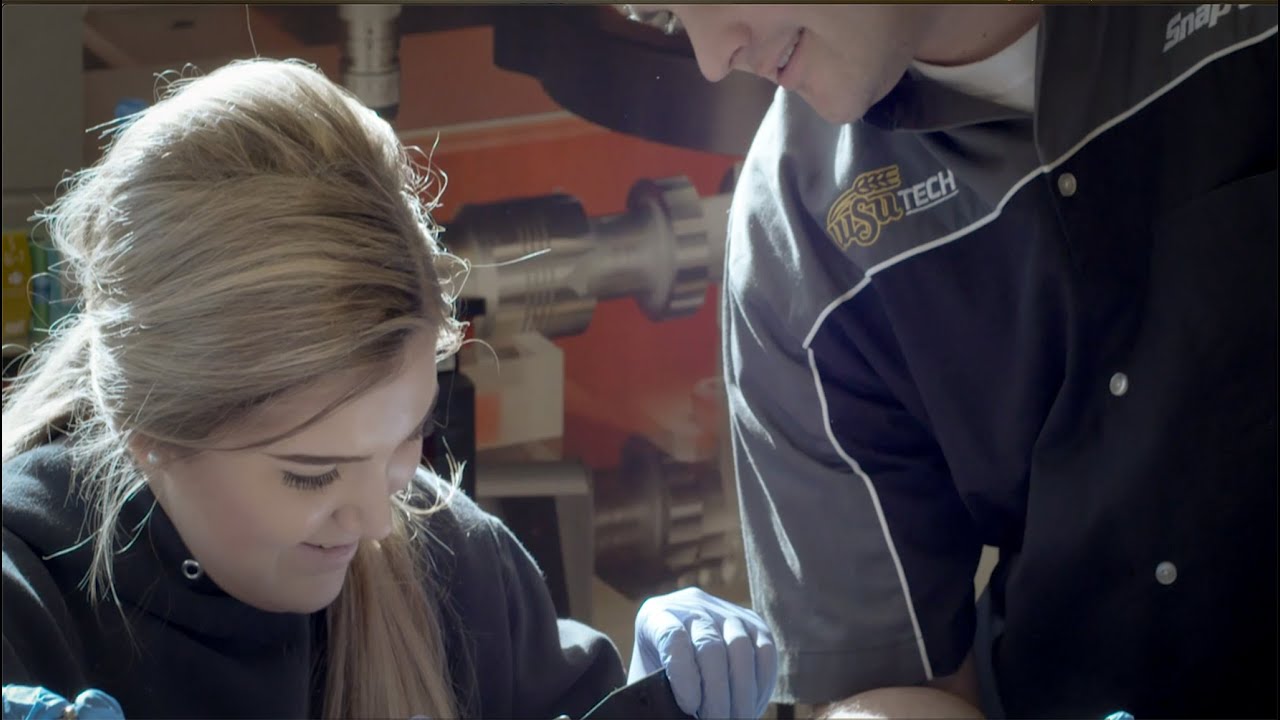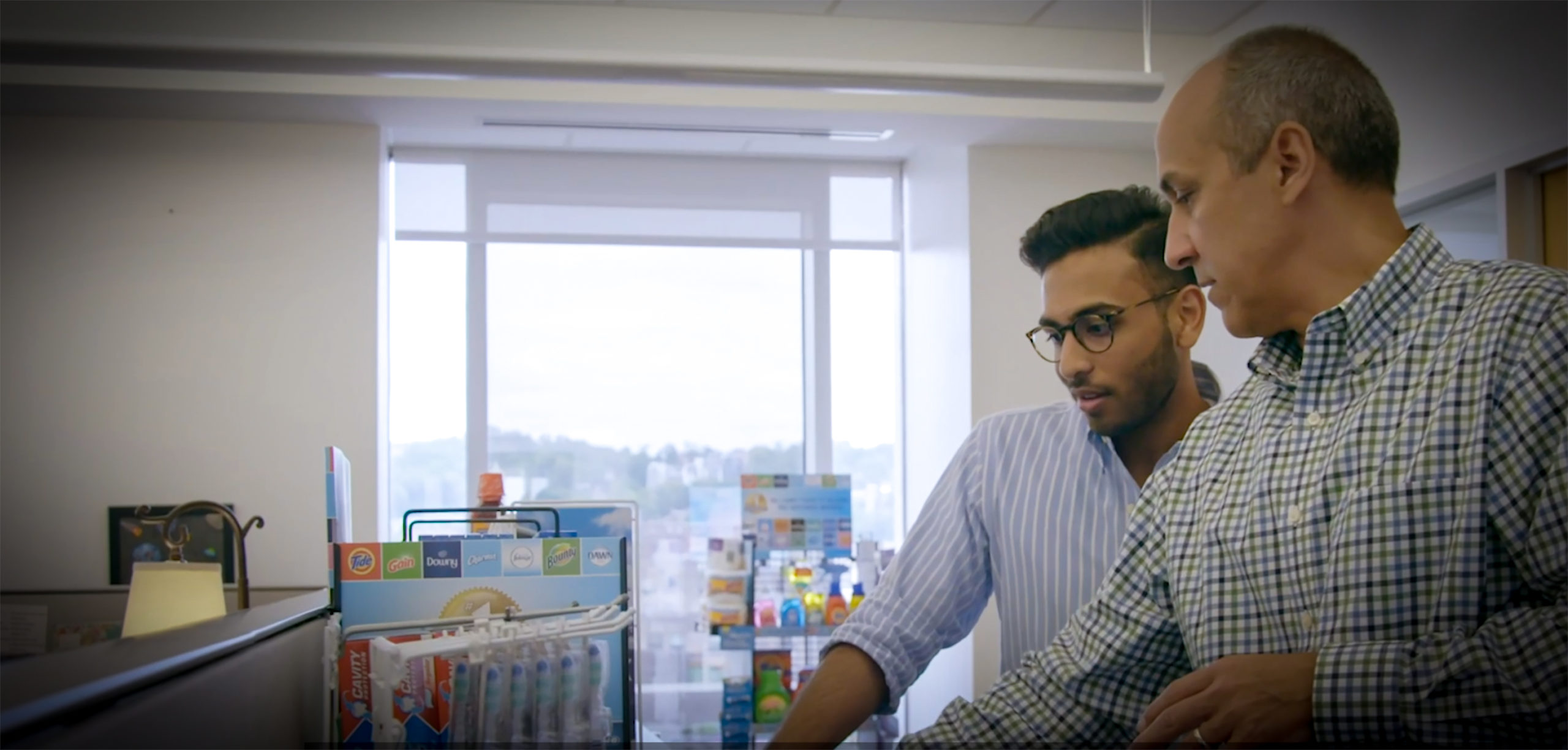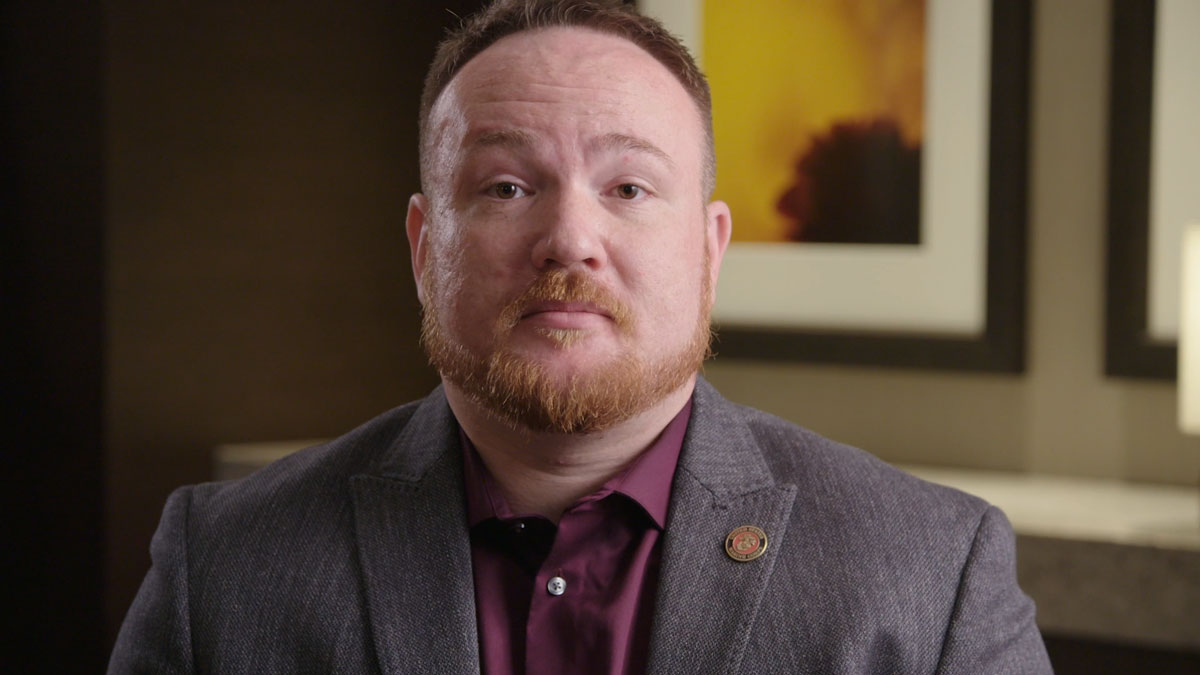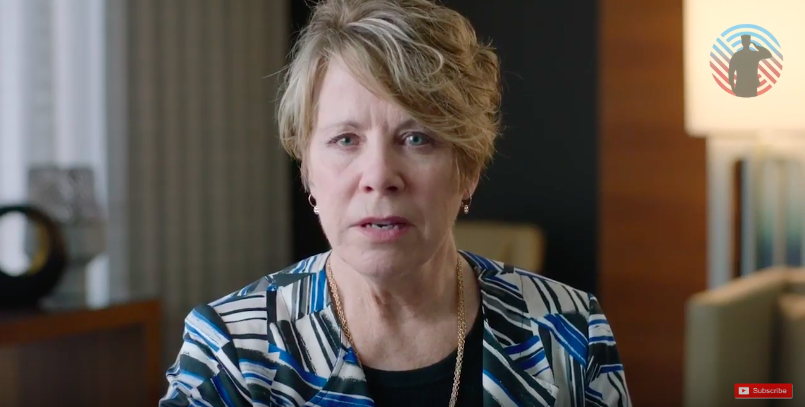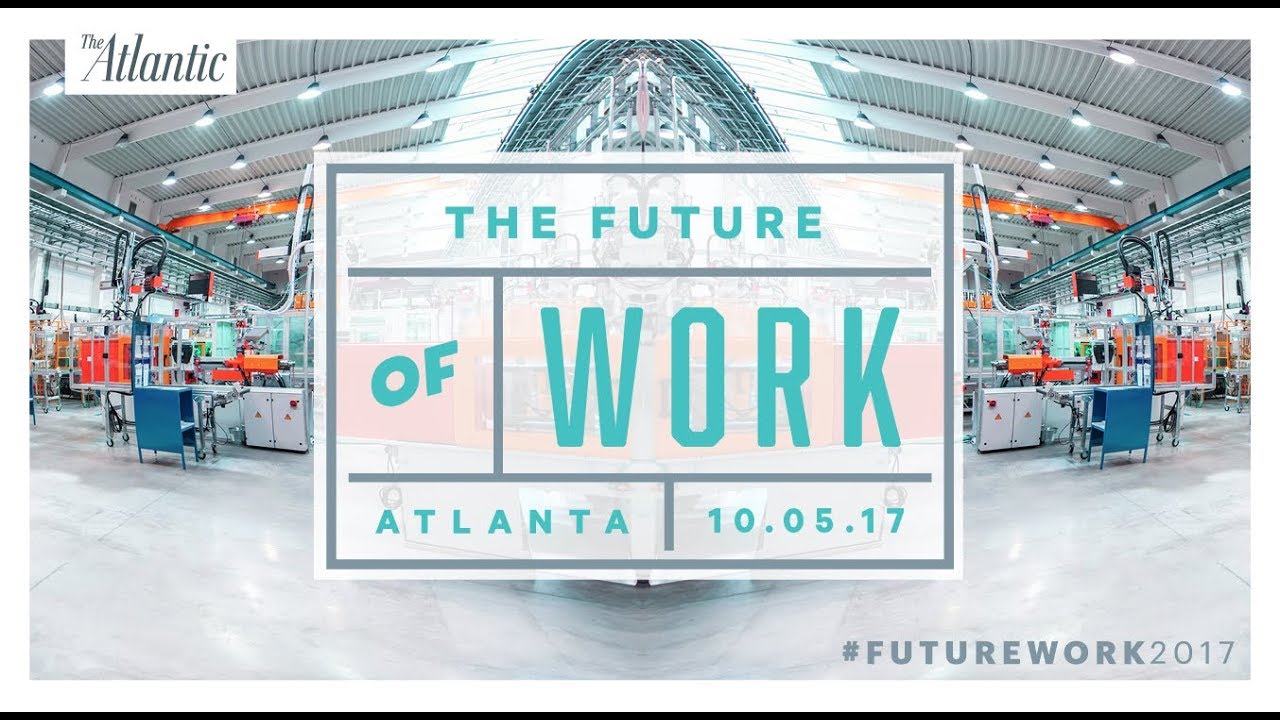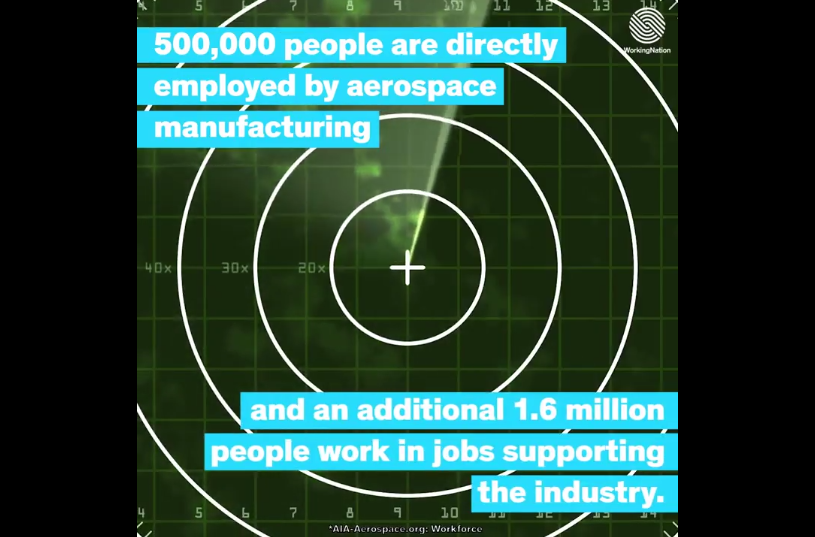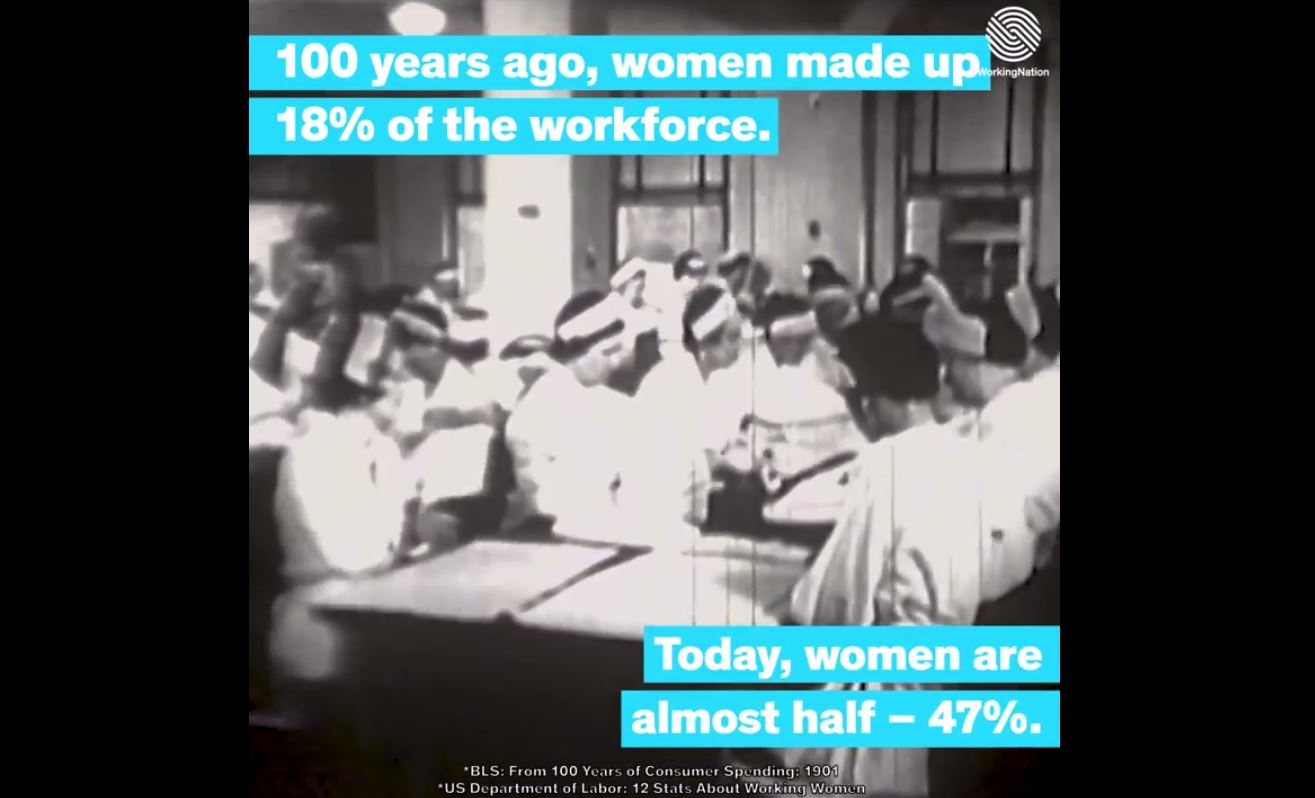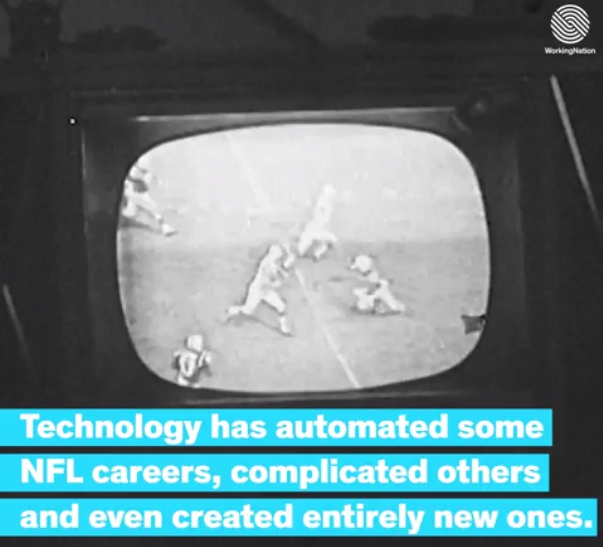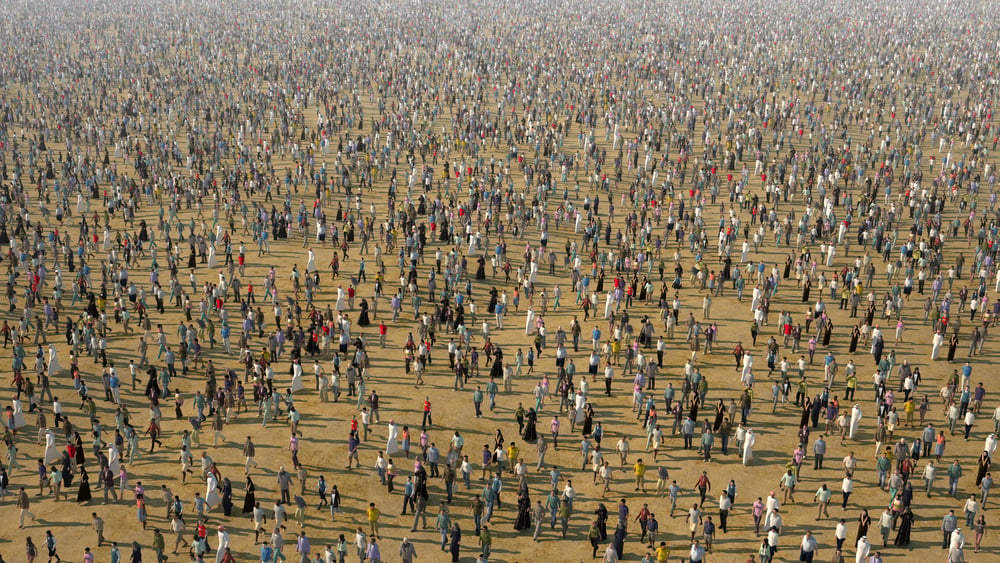In honor of National Centenarian’s Day on Friday, we are taking a look at how much the workforce has changed over the past 100 years.
In 2017, we can see first-hand how workers in the 20th century laid the foundation for the benefits – and problems – we face in our modern work-driven society. On the plus side, Americans are more educated than in 1917, making more money on average and our workplaces are more diverse. And in keeping with the centenarian theme, more Americans than ever are living longer lives and hitting the 100-year mark.
Despite this progress, we still have to contend with the problems that continue to plague the U.S.: rising wage inequality, workplace discrimination and the continued transformation of the workforce due to automation.
How we deal with these problems today will shape the next 100 years. Who knows? Someone in 2117 may see this video and reflect on the progress that was achieved.
Let’s look how far our workforce has come in the past century:
- Education: In 1917, approximately 3.5% of American 18-24-year-olds were enrolled in some form of higher education. That number has jumped up to 35%
- Workplace Diversity: In the early 20th century, the workplace was largely white and male. 3.8 million nonwhite persons were employed in 1900, representing 14% of the total workforce. Now, minorities represent 22% of the American workforce.
- The gains for women were even greater. 100 years ago, women constituted 18% of the workforce. Now, women make up nearly half of all workers at 47%.
- 101 years ago, the first law to ban child labor went into effect. Stronger legislation would ensue and what was 3% of the workforce in 1920 was brought to 0%.
- Modernization and automation contributed to U.S.’s major shift from an agrarian society. In 1900, 38% of workers were on the farm. Today it’s less than 3%.
- Another major transformation occurred as American manufacturing declined in the 20th Century. 38% of the workforce in 1917 were producing goods. Automation and offshoring of these jobs have reduced it manufacturing employment to 19%
- This shift away from manufacturing coincided with the rise and current dominance of service work. Now 78% of American workers are in the service industry.
- Moving away from low-paying manual labor has paid off for Americans. Back then the average salary of an American was an inflation-adjusted $15,000. Today, the number is $55,000.
- Of course, none of these benefits would have occurred without major government oversight and enforcement. Just think, the U.S. Department of Labor was a mere babe at 4-years-old in 1917.


